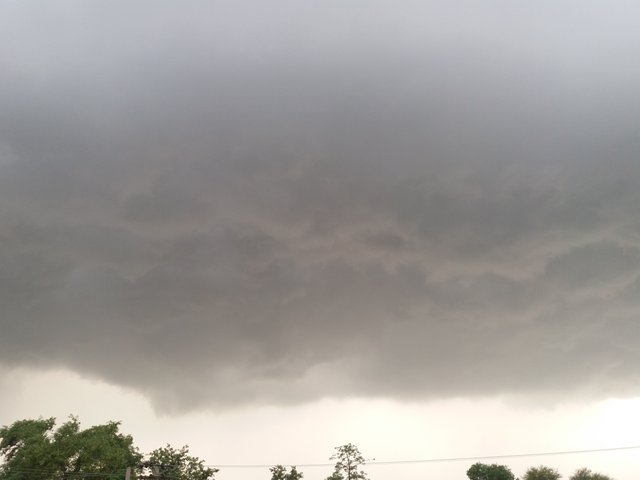Clouds help regulate Earth's temperature. They bring life-giving rain to different regions. All of us at one time or another have looked to the sky and watched the clouds. Clouds can be picturesque; they can also appear menacing, even threatening, suggesting a sudden, perhaps even violent turn in the weather.
Put simply, clouds develop out of the process of changing moisture from a gas to liquid.

This occurs through a process called convection. As solar radiation heats the ground and the air immediately above it, the warm air becomes lighter and the flow of air carries this warm air upward. As the air rises, the temperature decreases and so does the amount of water vapor that the air can hold. This vapor rapidly condenses and soon clouds — composed of countless billions of tiny water droplets or ice crystals — result. These droplets are exceedingly small, averaging about 10 microns in diameter (a micron is one-millionth of a meter; ice crystals are much larger but less concentrated). Virtually all types of clouds and precipitation are due to rising air.
Authors get paid when people like you upvote their post.
If you enjoyed what you read here, create your account today and start earning FREE STEEM!
If you enjoyed what you read here, create your account today and start earning FREE STEEM!